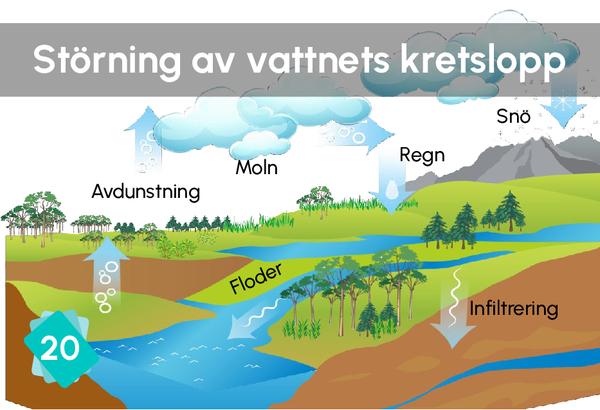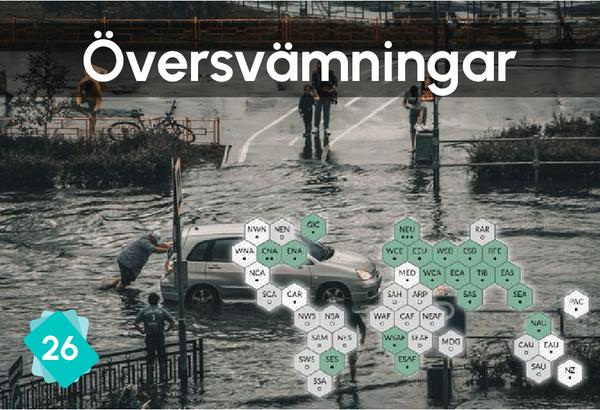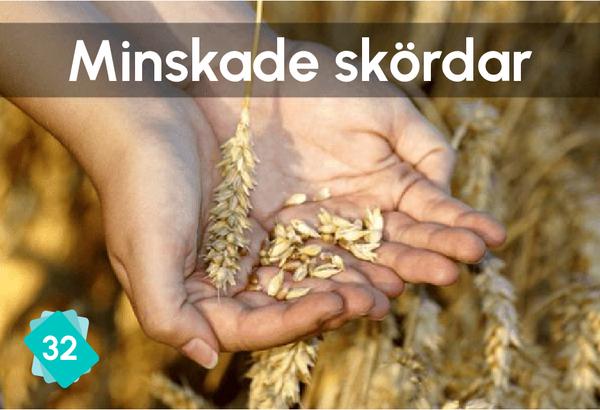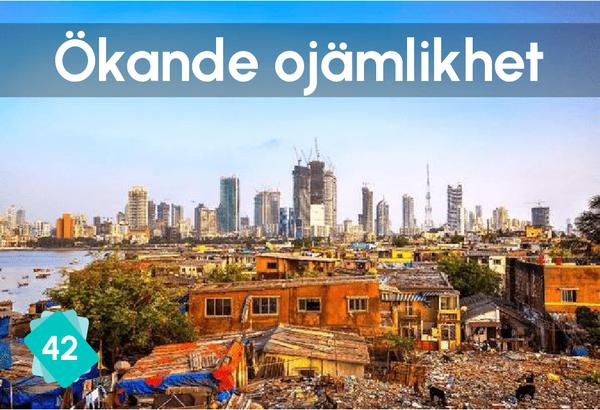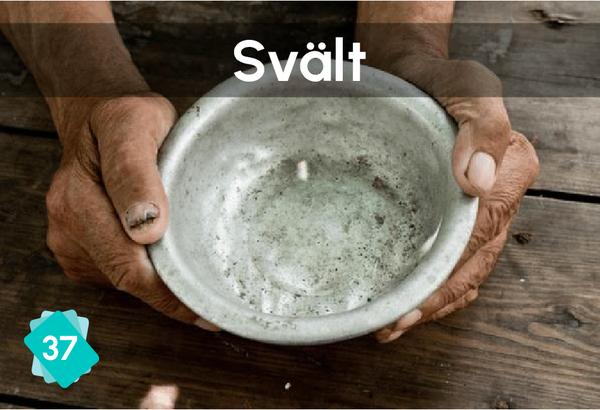31 - Sötvattentillgångar
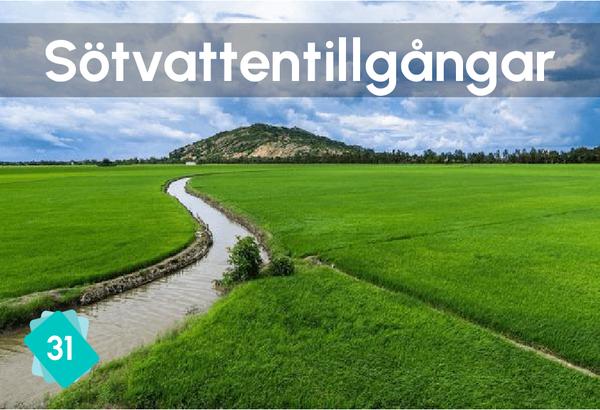
✏️ Den här förklaringen är ännu inte tillgänglig på ditt språk, du kan fylla i detta Google-formulär för att hjälpa oss!
Huvudproblemet här är att glaciärer försvinner. De fungerar som reservoarer för sötvatten i fast form och smälter (särskilt på sommaren när det är varmt, vilket är bra!) vilket gör att man har vatten för odlingar nedströms[1].
[1] AR6 WG1 Box TS.6 s53 // SROCC FAQ 2.1, Figur 1 s162
3Orsaker
Glaciärernas smältning hotar vattenförsörjningen. Faktum är att den relativa betydelsen av glaciärsmältvatten på sommaren kan vara betydande, och bidrar till exempel med 25 % av augustiflödena i avrinningsområden som dränerar de europeiska Alperna, med en yta på cirka 105 km2 och endast 1 % glaciärtäckning. Deras försvinnande skulle kunna vara katastrofalt för städer belägna i dalar som bevattnas av floder som rinner ner från de omgivande bergen och för sötvattensfaunan. Glaciärsmältvatten blir också viktigare under torka och värmeböljor. Till en början ger smältande glaciärer mer vatten tills de når en vattenpuckel. Men efter denna puckel har glaciärerna krympt för mycket och mängden vatten som tillförs minskar.
KÄLLOR: AR6 WG1 Box TS.6 s53 // SROCC FAQ 2.1, Figur 1: vattenpuckel s162
Översvämningar kan förstöra infrastruktur och orsaka dödsfall. Översvämningar kan också orsaka hälsoproblem relaterade till vatten och är förknippade med diarrésjukdomar som kolera.
KÄLLOR: AR6 WG2 TS.B.5.7 s63 (s51)
3Konsekvenser
Les ressources en eau douce jouent un rôle crucial dans le développement économique et social, et les disparités dans l'accès et la gestion de ces ressources peuvent exacerber les inégalités existantes. Une gestion durable et équitable de l'eau est donc essentielle pour promouvoir un développement équilibré et inclusif.
Sources : AR6 WG2 FAQ 8.1 p1263 (p1251) // AR6 WG2 8.2.1.2 p1190 (pp1178)




